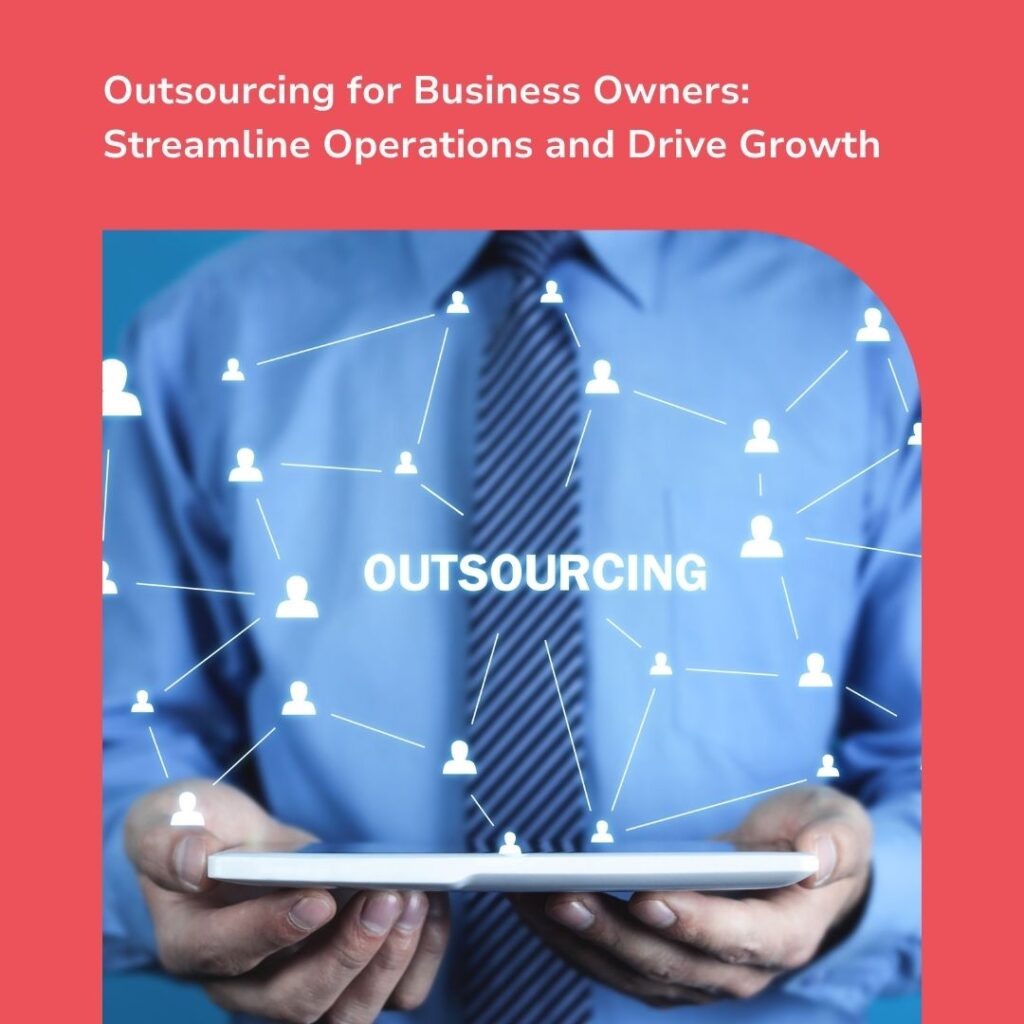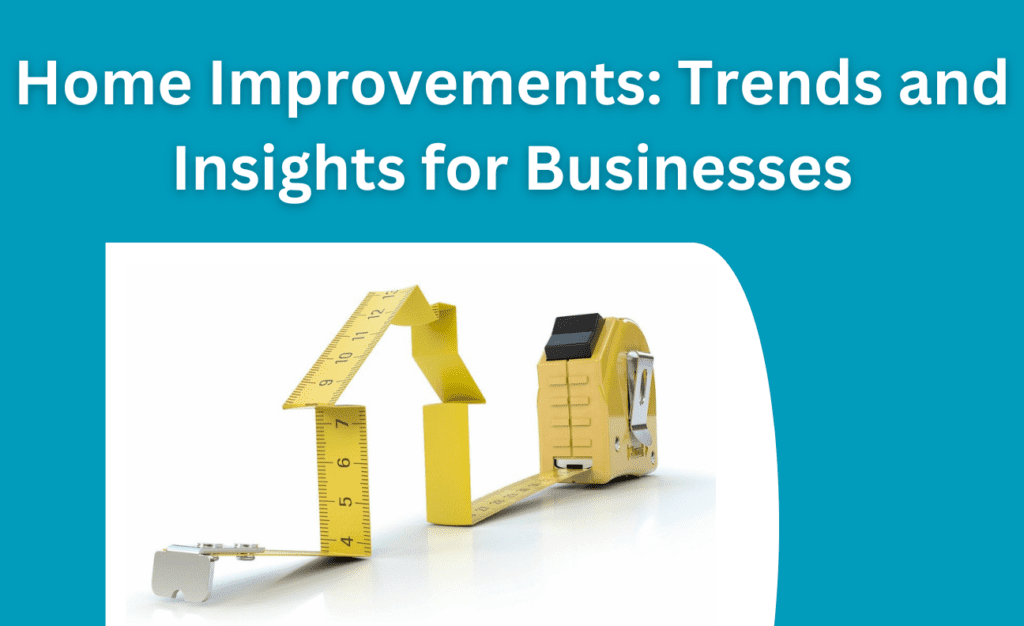Tags – LinkedIn for Manufacturing Businesses
There is a lot of uncertainty in the B2B manufacturing sector regarding social media.
Most businesses will simply say: “that’s not for us,” “our industry is too dull,” and “we’re not interested.”
But as processes and technology have evolved, so has the industrial buying process.
And those that do use it frequently, don’t recognise the significance of it and their methods fizzle out rather quickly.
After that, they move on to other marketing strategies and miss out on a valuable platform – LinkedIn.
LinkedIn is a powerful tool for manufacturing businesses. It allows you to connect with potential customers and partners, and build relationships that can help your business grow.
Simply, buyers no longer just simply pick up the phone and reach out to a handful of companies to gather information, advice and pricing.
Instead, they research online long before you even know if they’re searching for your products or services.
Why Should Manufacturing Businesses Use LinkedIn?
Take a moment and consider these facts:
- 68% of B2B customers carry out research online as their first step in the buying process
- On average, B2B customers conduct about 12 searches prior to engaging a brand’s website
- B2B customers are roughly 70% of the way through their decision-making process before they even get in touch with a salesperson
- Over 51% of B2B buyers agree that content plays a vital role in their decision-making process
From these statistics, you can see there is a clear shift, meaning manufacturers with a strong online presence are more likely to connect with potential buyers and earn the majority of sales online.
Of course, an up-to-date, optimised website forms a strong foundation for any inbound marketing strategy.
However, finding another way to connect with new prospects, generate leads, and find new sales opportunities, particularly on LinkedIn, can prove much more powerful.
How Manufacturing Businesses Should Use LinkedIn
To find new buyers, make strong connections and ultimately boost sales, here are 5 ways manufacturing businesses should use LinkedIn:

1. Brand Your LinkedIn Company Page
When an employee identifies your company as their place of business, LinkedIn will automatically create a company page for you. You’ll need to “claim” this page as the employer.
Then you need to make sure that everything on your page accurately reflects your business.
Here’s what you’ll want to update:
- Cover Image: your cover image needs to be aligned with your company’s brand, including your logo and mission statement, as well as ensuring it’s optimised for desktop and mobile devices
- Company Description: this section is where your potential customers will go to learn more about your business, and it should clearly state your company’s purpose and include keywords that your prospects may be searching for
- Profile CTA: most company pages will direct visitors back to their website, but LinkedIn gives you the ability to use the following CTAs: Contact Us, Learn More, Register, Sign Up, Visit Website – choose the one you want your visitors to do next
- Profile URL: create a custom URL that’s short and memorable and this will help with SEO optimisation too
- Showcase Pages: B2B manufacturers often have different customer personas and showcase pages allow you to silo your posts to target specific customer groups – create a targeted feed that can be followed directly but still attached to your main page
2. Get Your Employees On Board
Once your company page is properly branded, you need to get your employees on board. Why? Employee profiles are valuable assets on LinkedIn because:
- They usually have 10x more connections than a company has followers
- Prospects are more likely to trust information shared by an employee over a CEO
- Click-through-rate on a post is twice as high when shared by an employee over a company page
That said, try to encourage all employees to have consistent, brand-focused profiles.
This includes updating their headline that will resonate with your target personas.
In addition, employees should have a consistent “about me” section that states the brand’s story and a mission statement for your services, as well as having consistent-looking headshots and branded cover images.
On the whole, you should make a conscious effort to educate your employees on the benefits of LinkedIn – if they understand your strategy and the value behind it, they’ll be much more likely to share and promote your business across their feeds.
3. Post the Right Type of Content
Content: this is where most manufacturing businesses get it wrong.
Yes, this is a social media platform, but you need to use it differently to as you would your personal page.
In other words, think about your customer personas and what type of content they want to see.
Here, you want to share content that’s informative, relevant and valuable.
Plus, LinkedIn prefers content that keeps people on the platform rather than taking them off-site, and if your content is “engaging”, it will generally rank higher.
A simple way to do this is by repurposing content to LinkedIn-specific posts, i.e. turning a well performing blog into a LinkedIn post – and if users are enticed to click the “see more” link, this counts as an interaction, which mean it’ll rank better on peoples newsfeeds.
Lastly, frequency is just as important so make sure you find a posting schedule that works for you, and stick to it.
4. Target the Right Audience
Not only do you want to reach your followers, but you also need to attract new prospects too in order to make the most out of LinkedIn. To do so:
- Take advantage of LinkedIn targeted updates feature to adapt content to specific audience types – you can send updates to followers based on job function, industry, geography, company size or seniority
- Post content in relevant LinkedIn groups which will help to tap into specific industries, expanding your reach and engagement
- Publish LinkedIn articles to take your content to the next level – thought provoking articles will help to establish your brand as a thought leader in your industry and amplify your brand if your network shares, likes or engages with it some way
5. Utilise LinkedIn Sales Navigator
The LinkedIn Sales Navigator tool from LinkedIn’s sales solutions goes above and beyond the capabilities of its Premium account.
This tool delivers real-time sales updates (relevant insights on accounts/leads, job changes, and news mentions), as well as custom lead recommendations. It also has a CRM widget that may be integrated into Salesforce or Microsoft Dynamics that displays how to connect with prospects, InMail, and more.
The Takeaway
LinkedIn has the ability to be quite effective in the B2B manufacturing industry when used correctly.
It’s critical to note the distinctions between your firm and others when it comes to things like branding, marketing, and promoting; as a manufacturer, your LinkedIn approach will (and should) differ from that of other industries.
Dealing with longer buying processes, more technical and specialised goods or services, and a greater emphasis on the connection side of LinkedIn means focusing on the relationship aspect.
By making the people you connect with a priority, and focusing on brand visibility at the same time, you’ll develop a solid LinkedIn strategy that attracts, converts, and delights your potential prospects.
For more information, get in touch today.
In the meantime, take a look at our LinkedIn Lead Generation service here.
You may also like:









